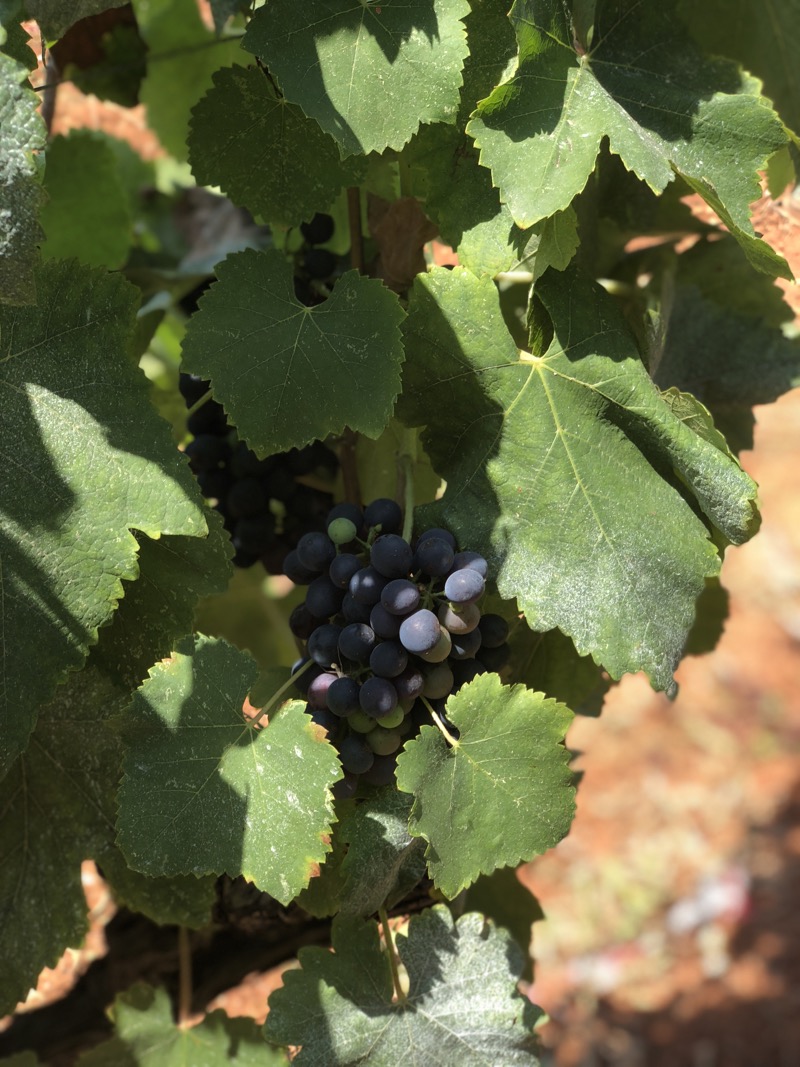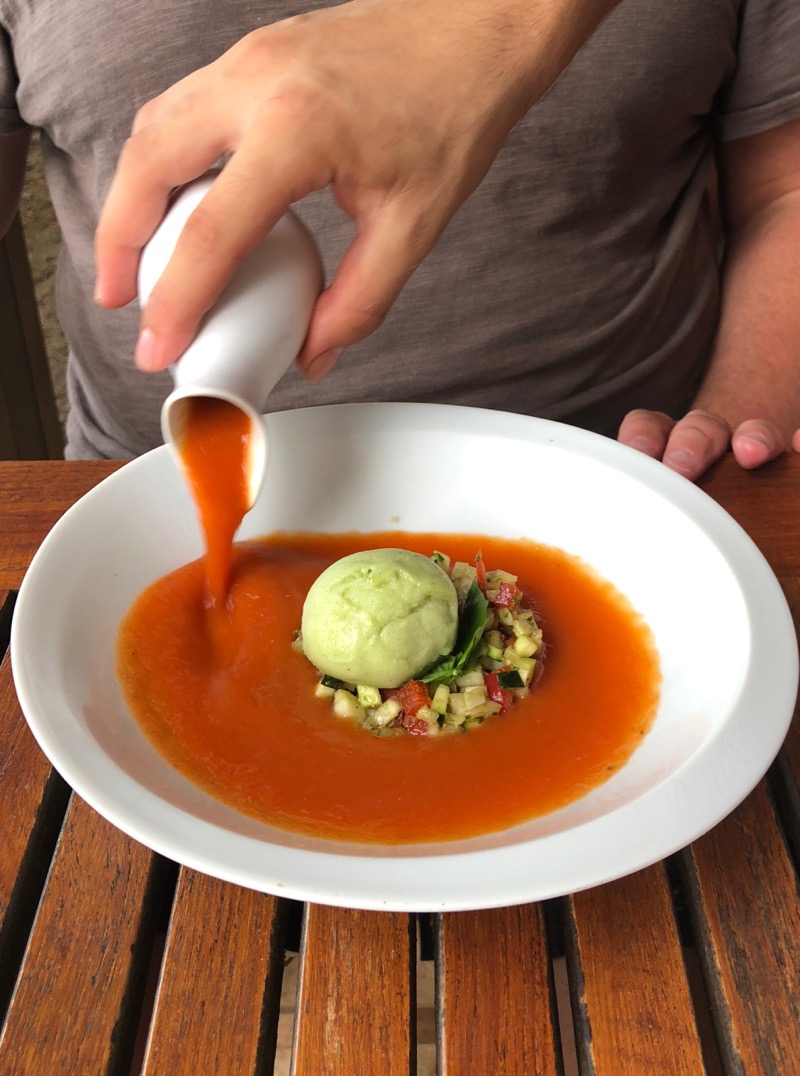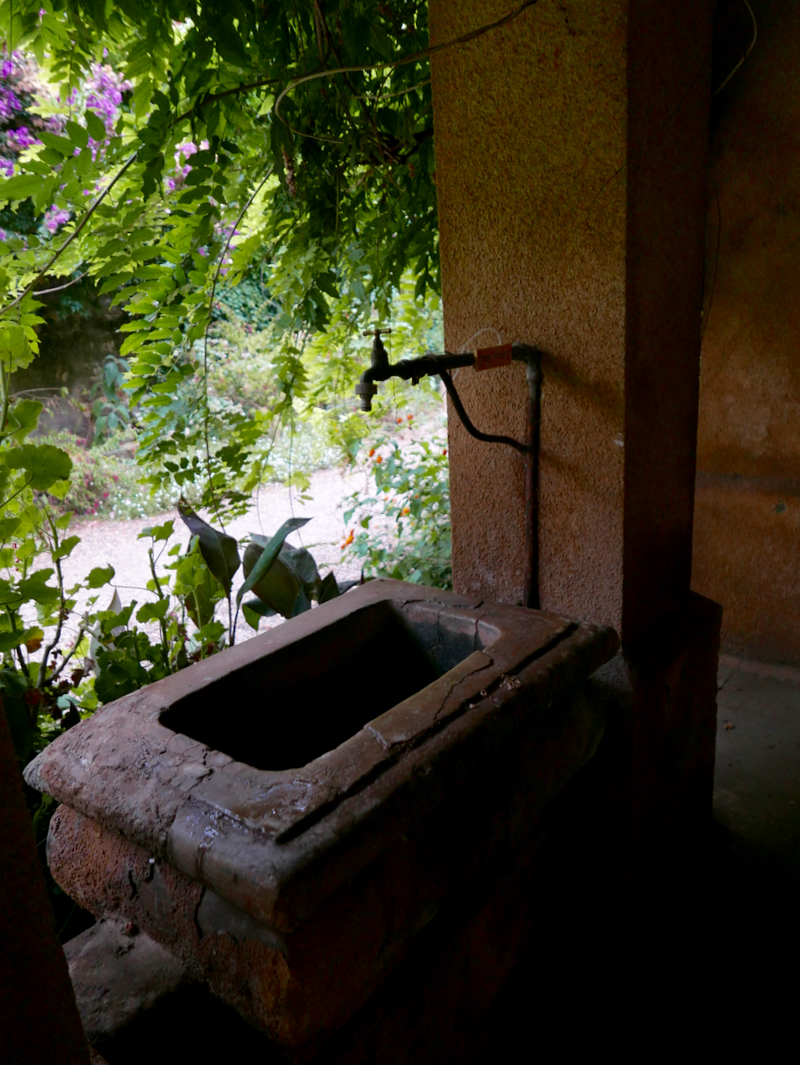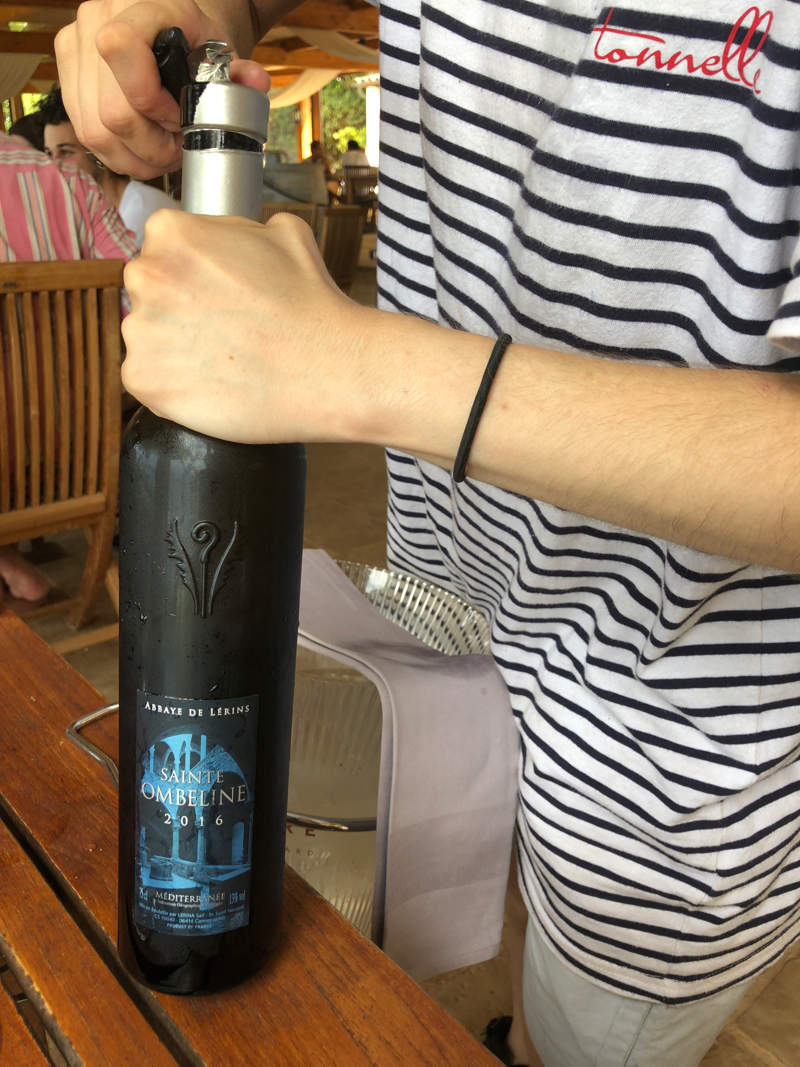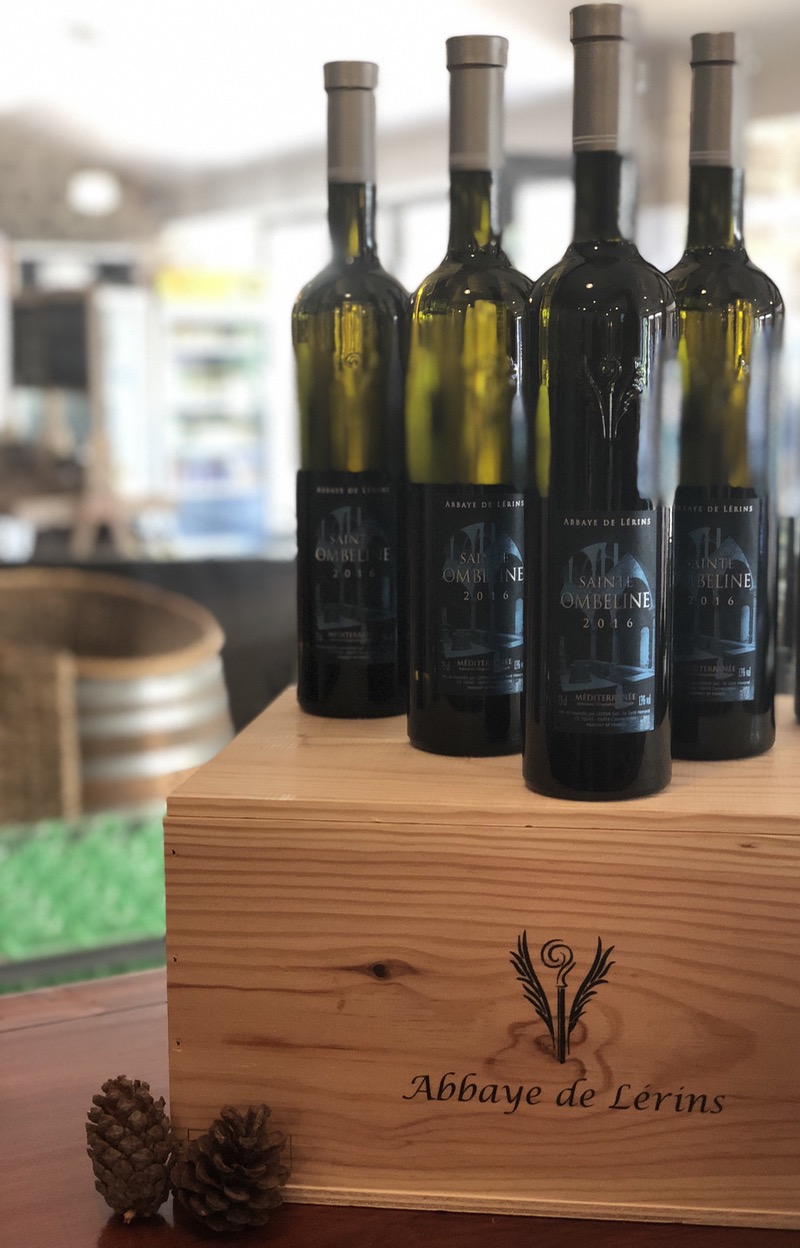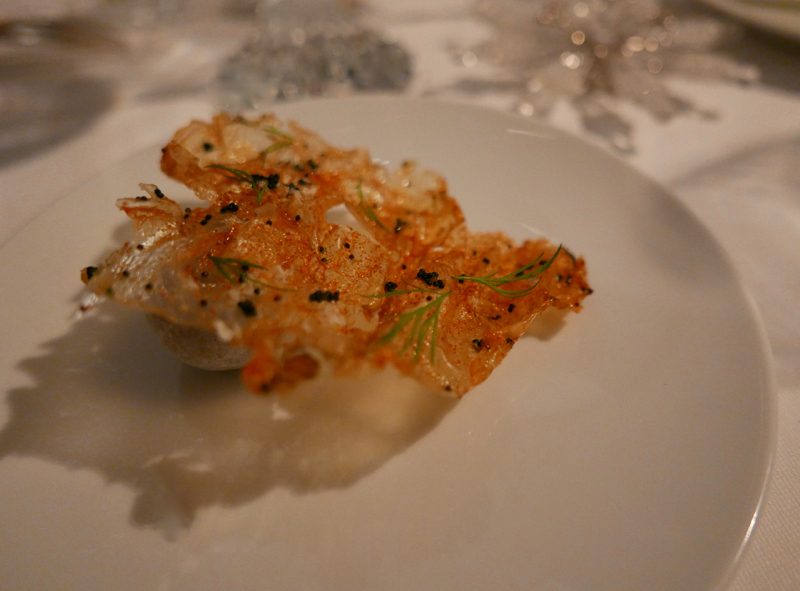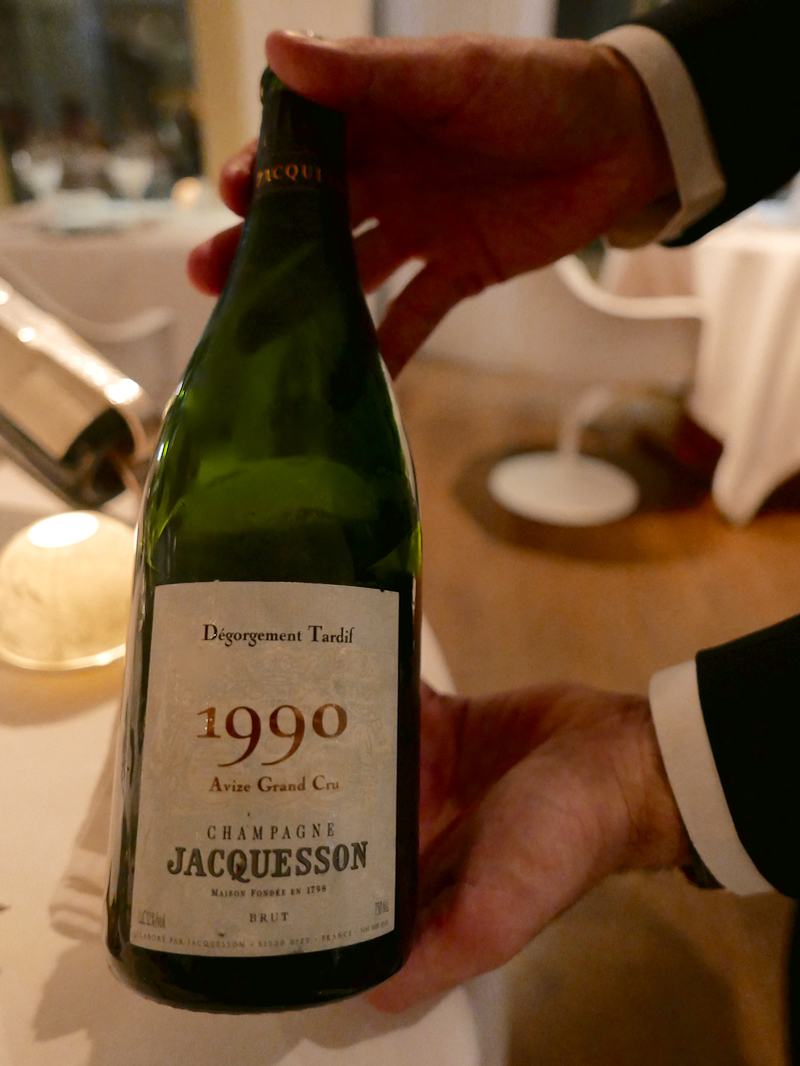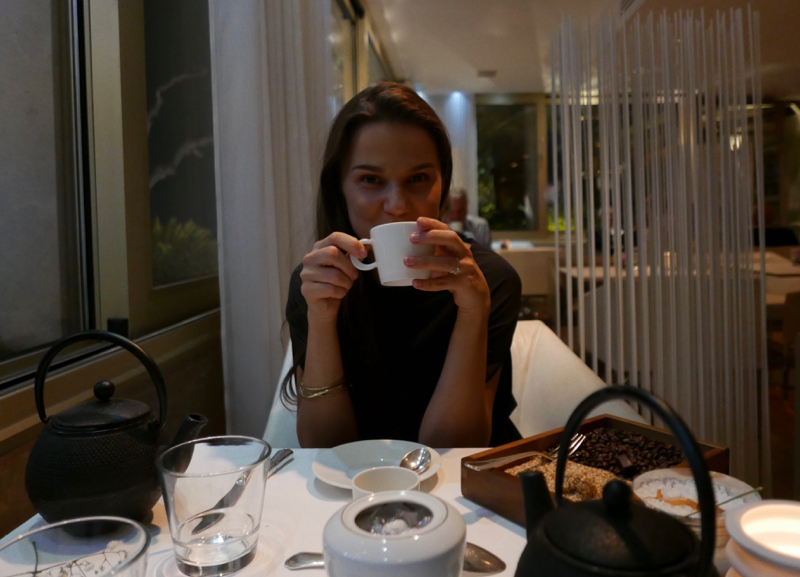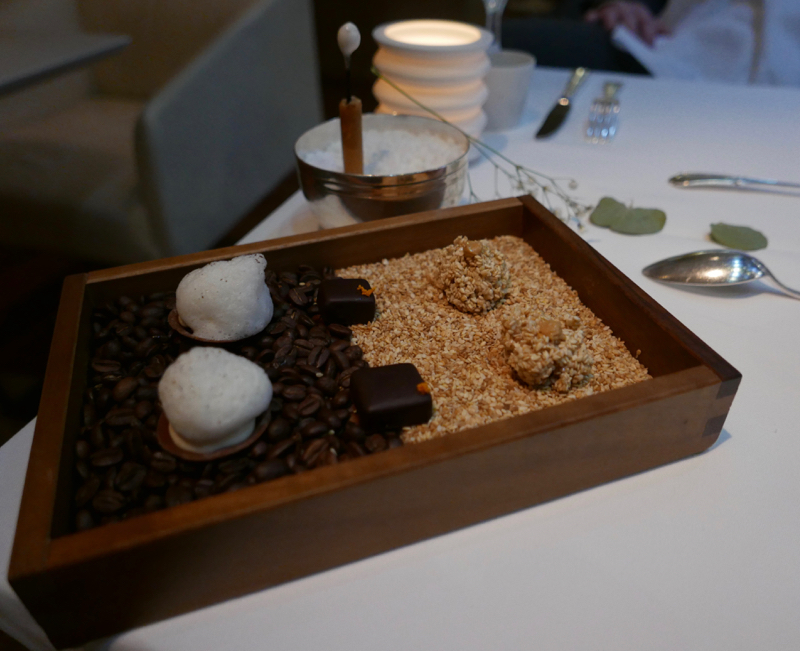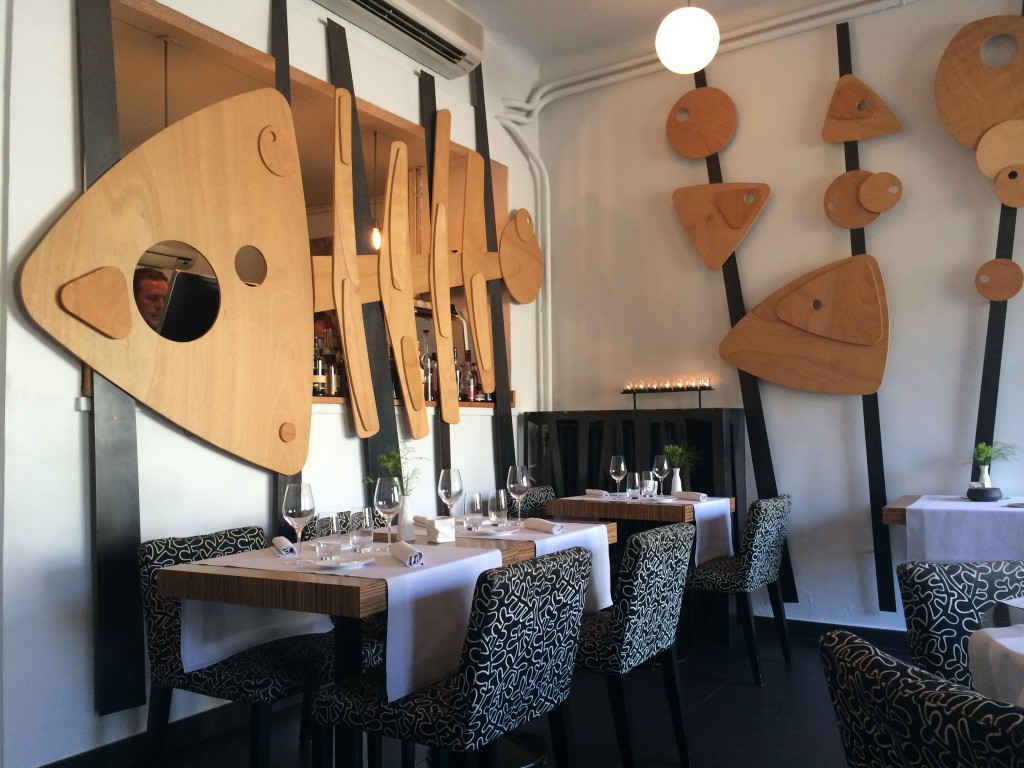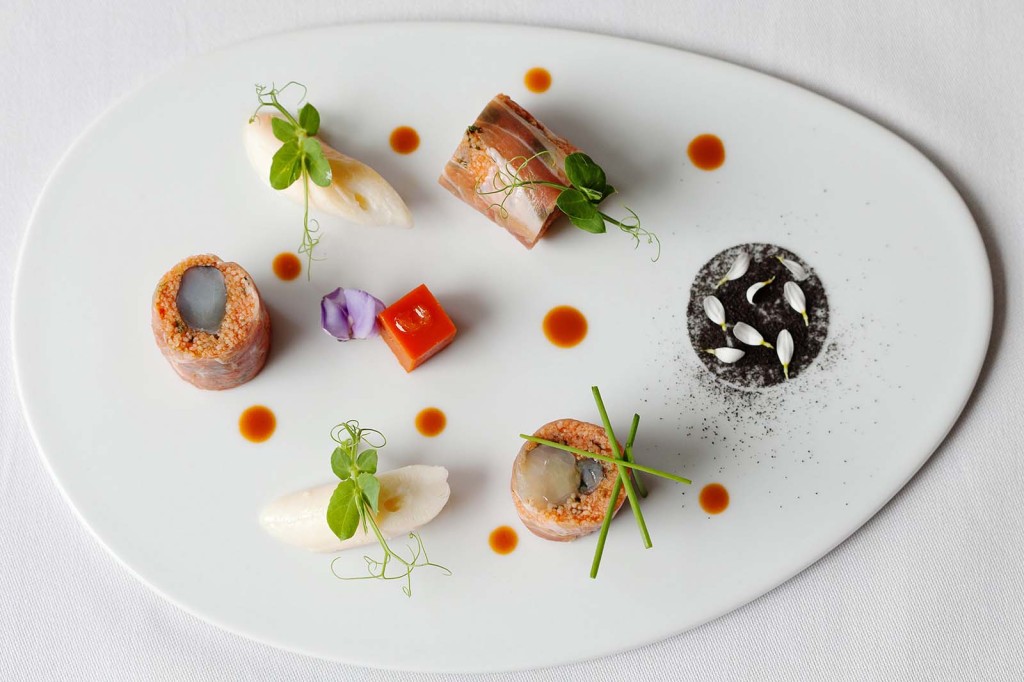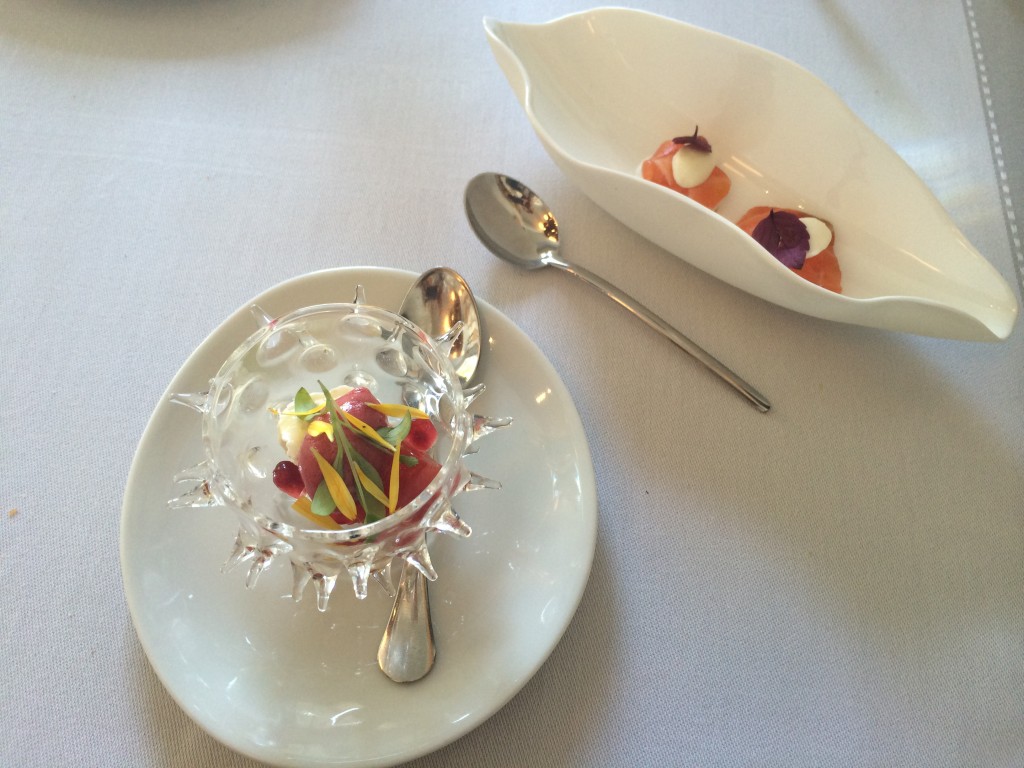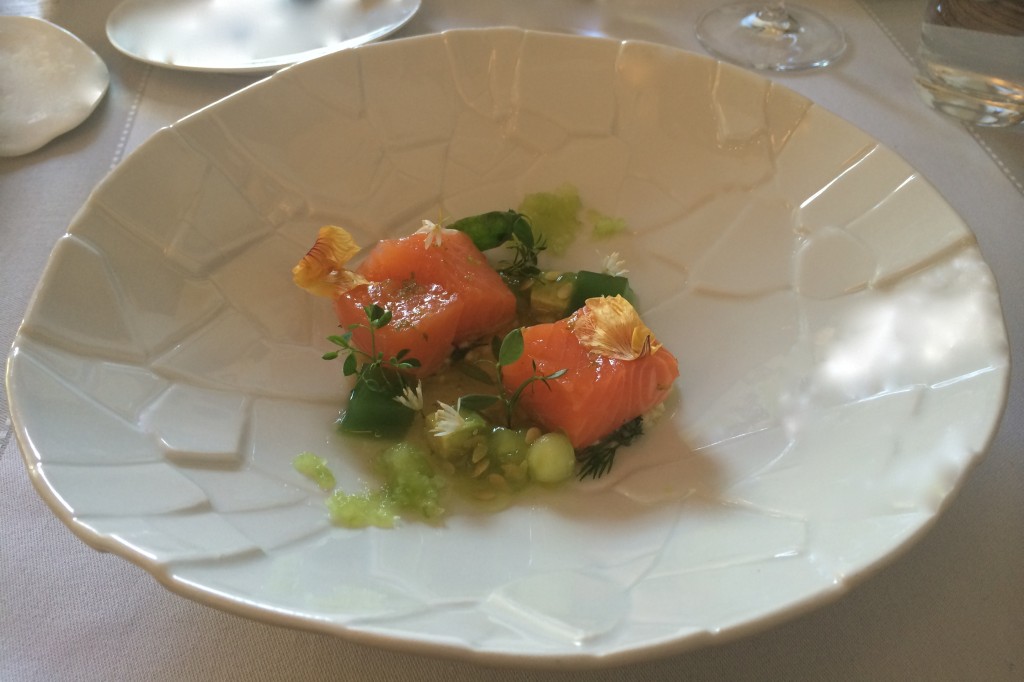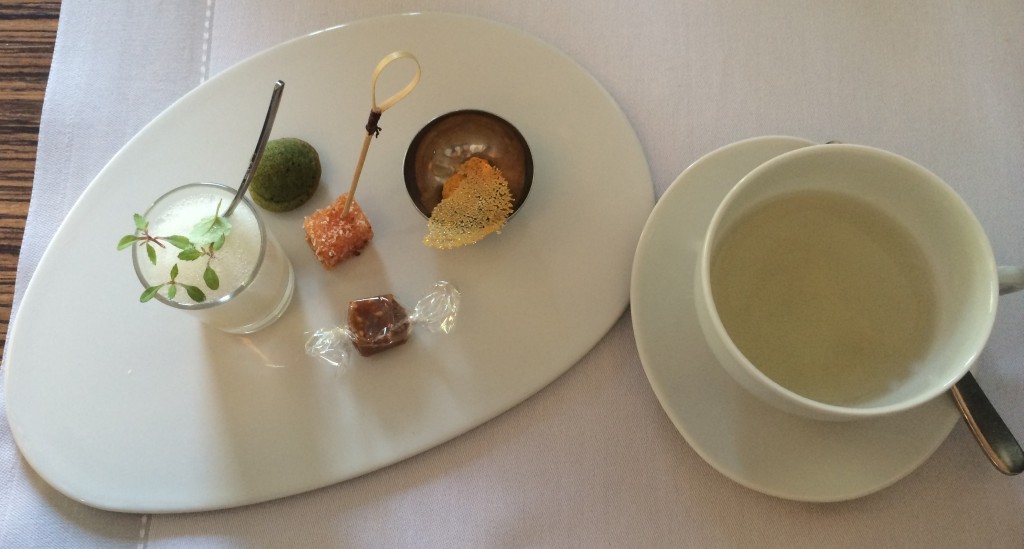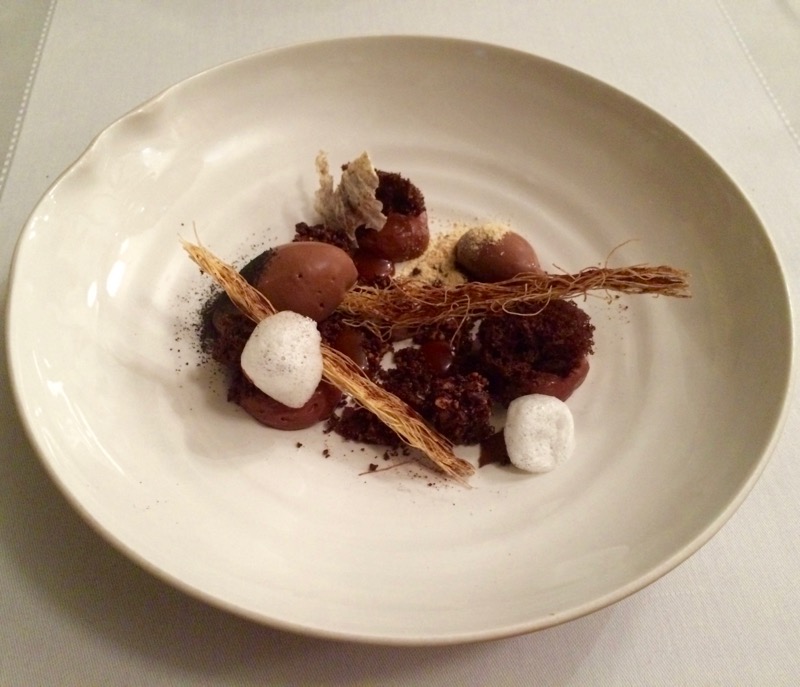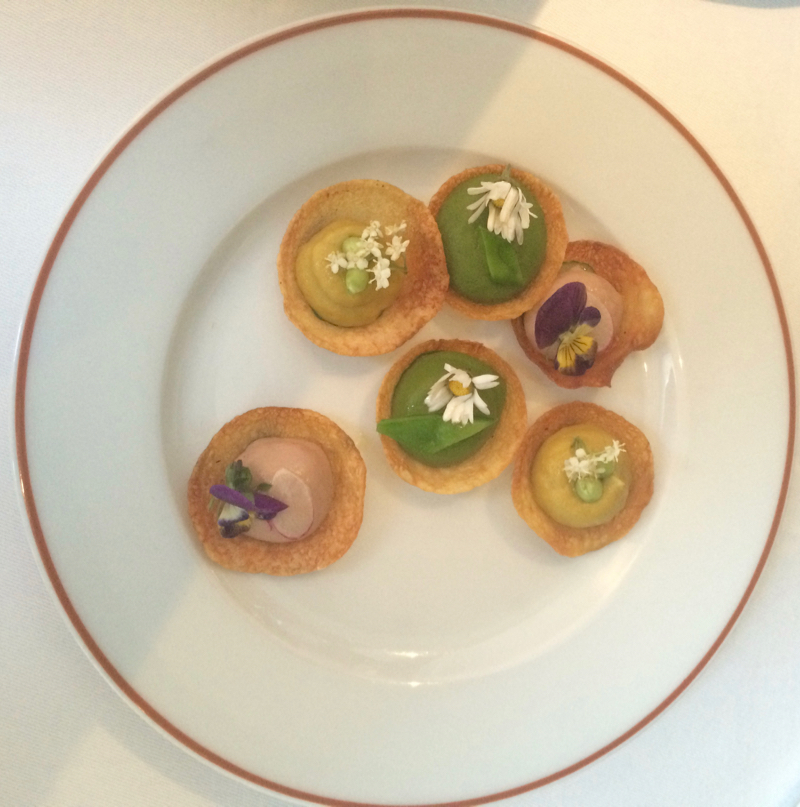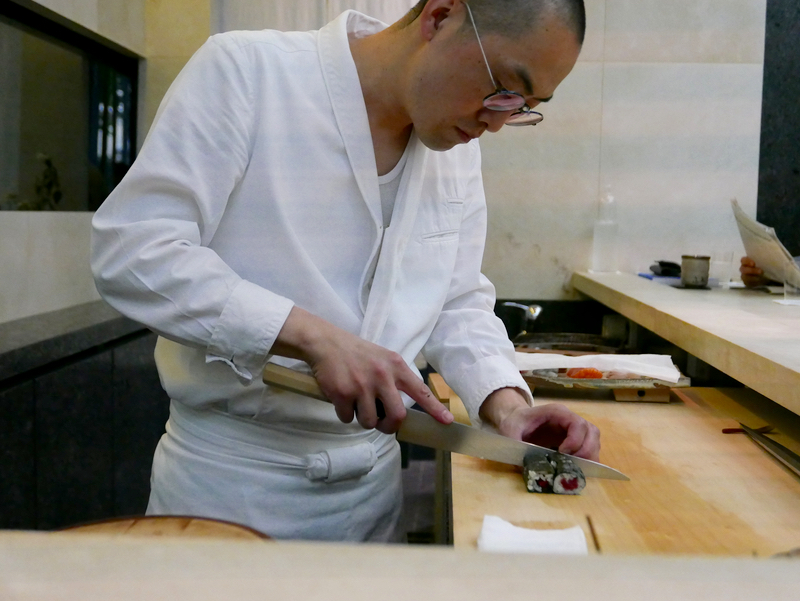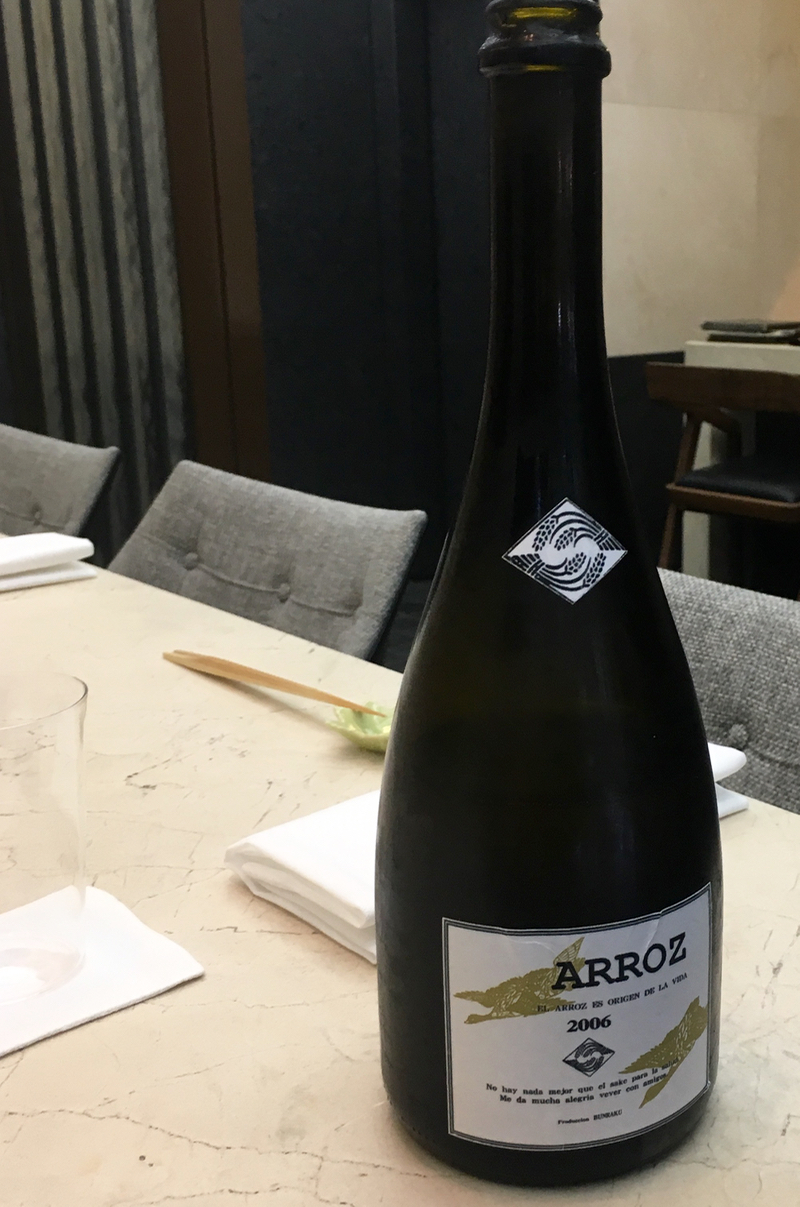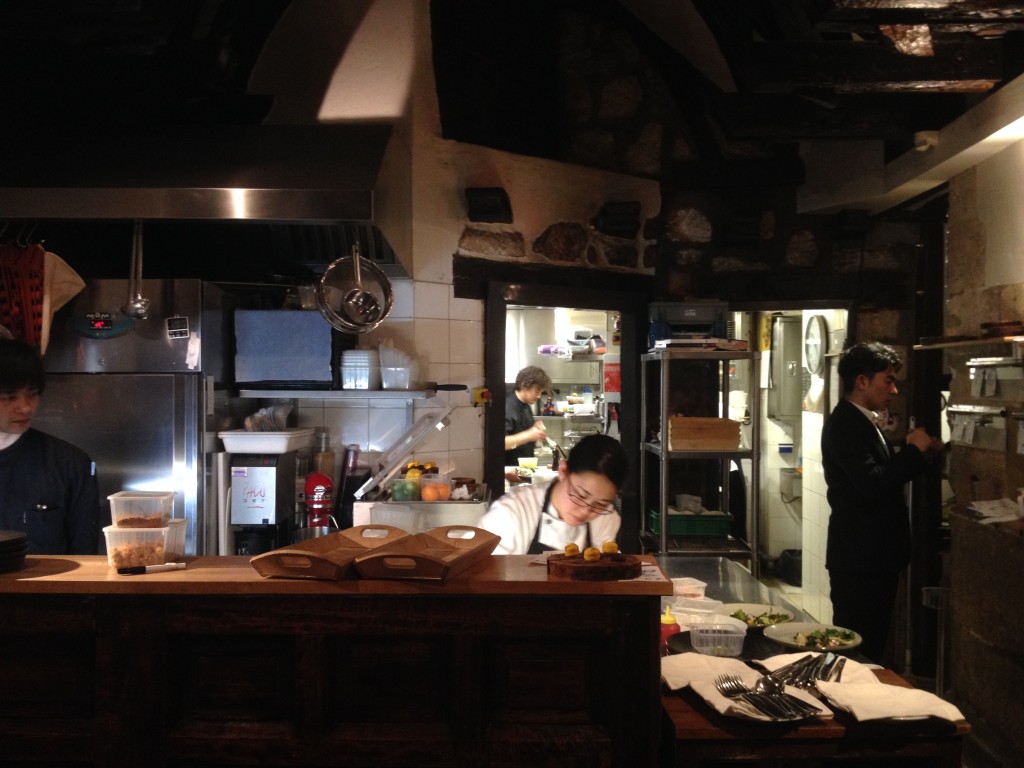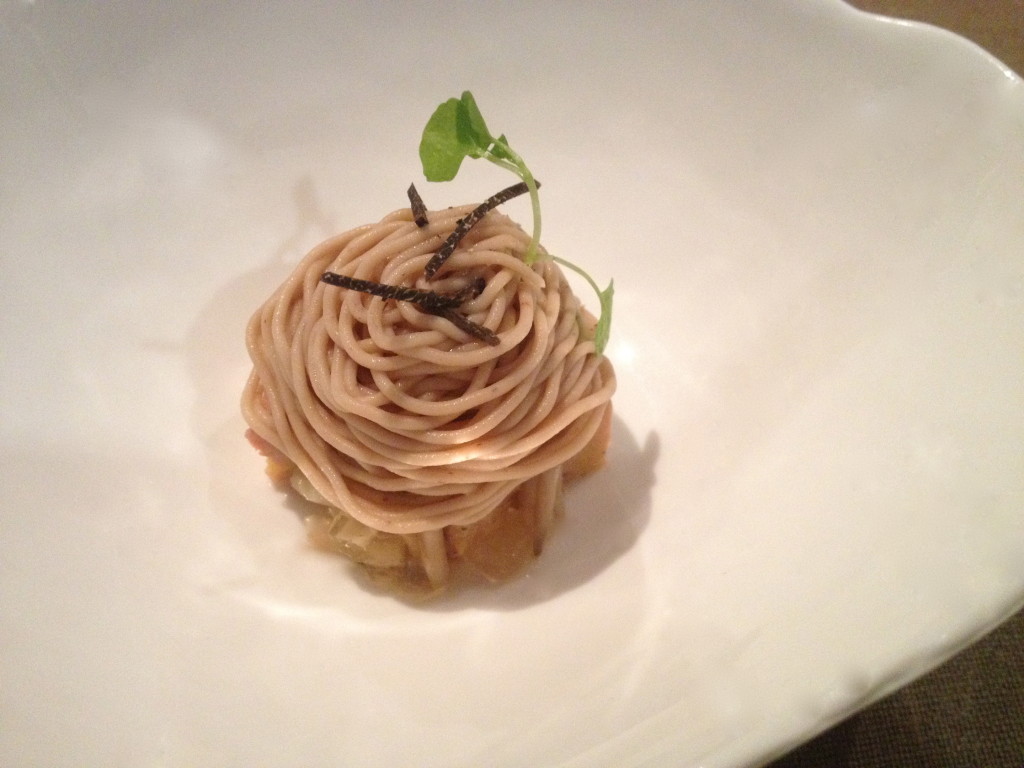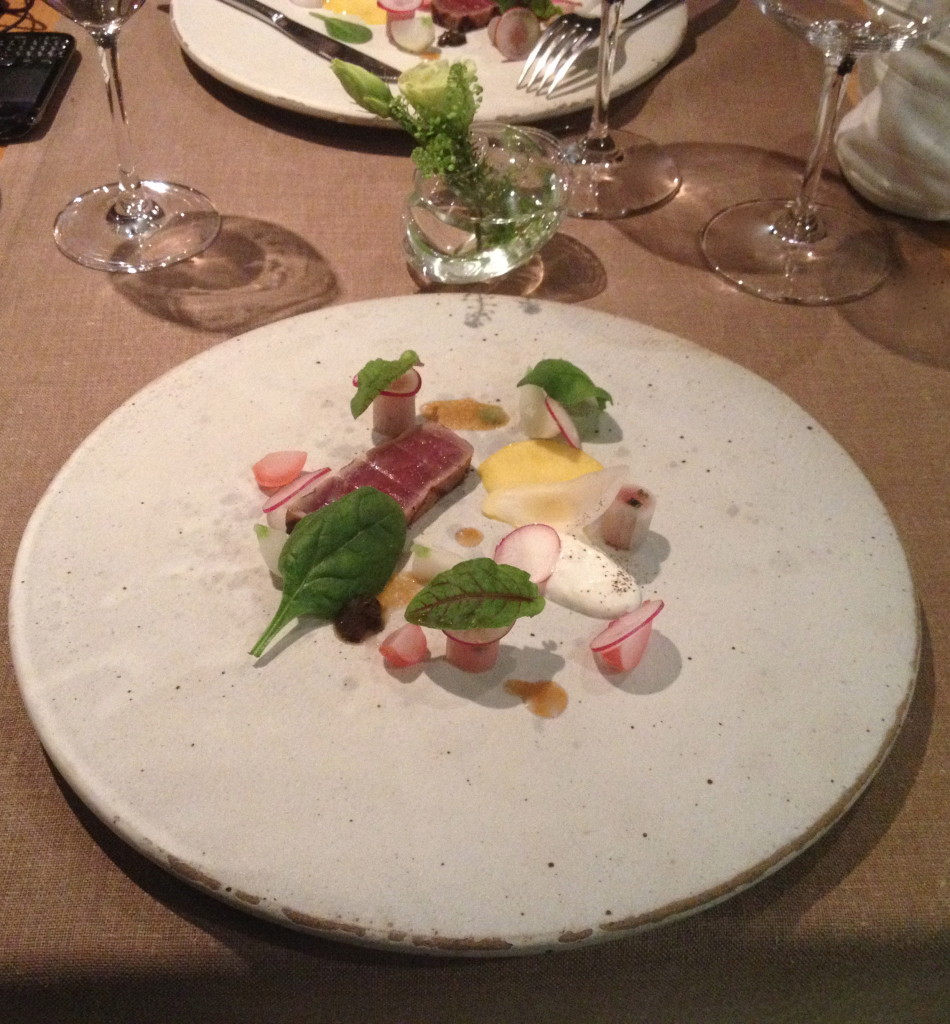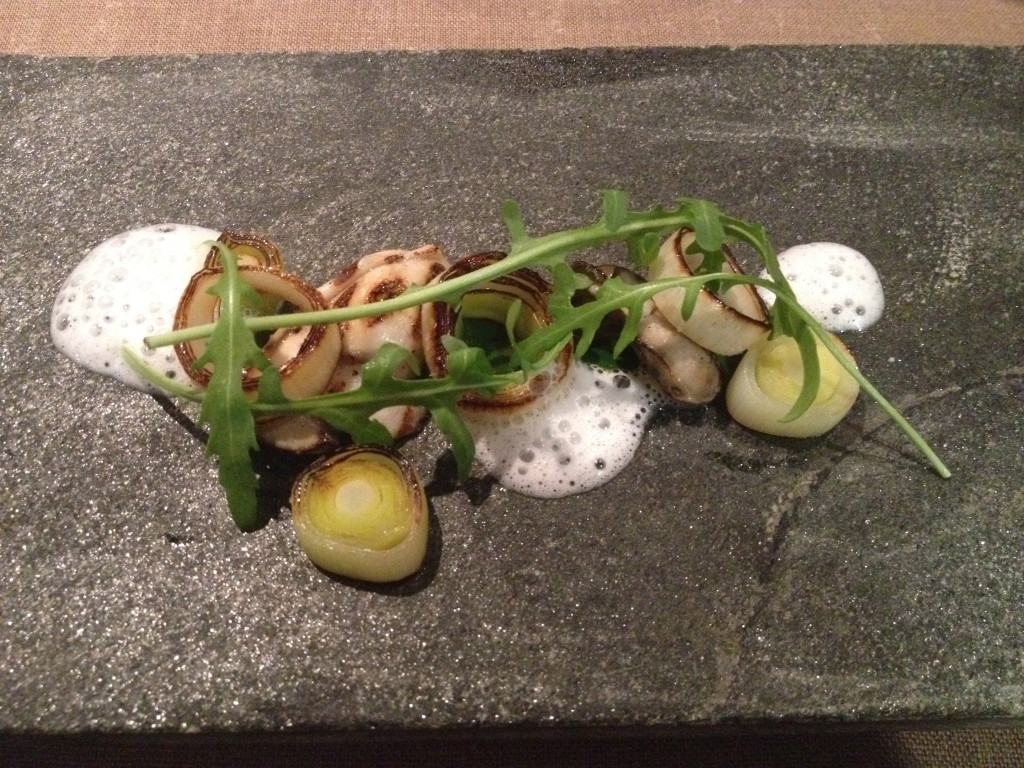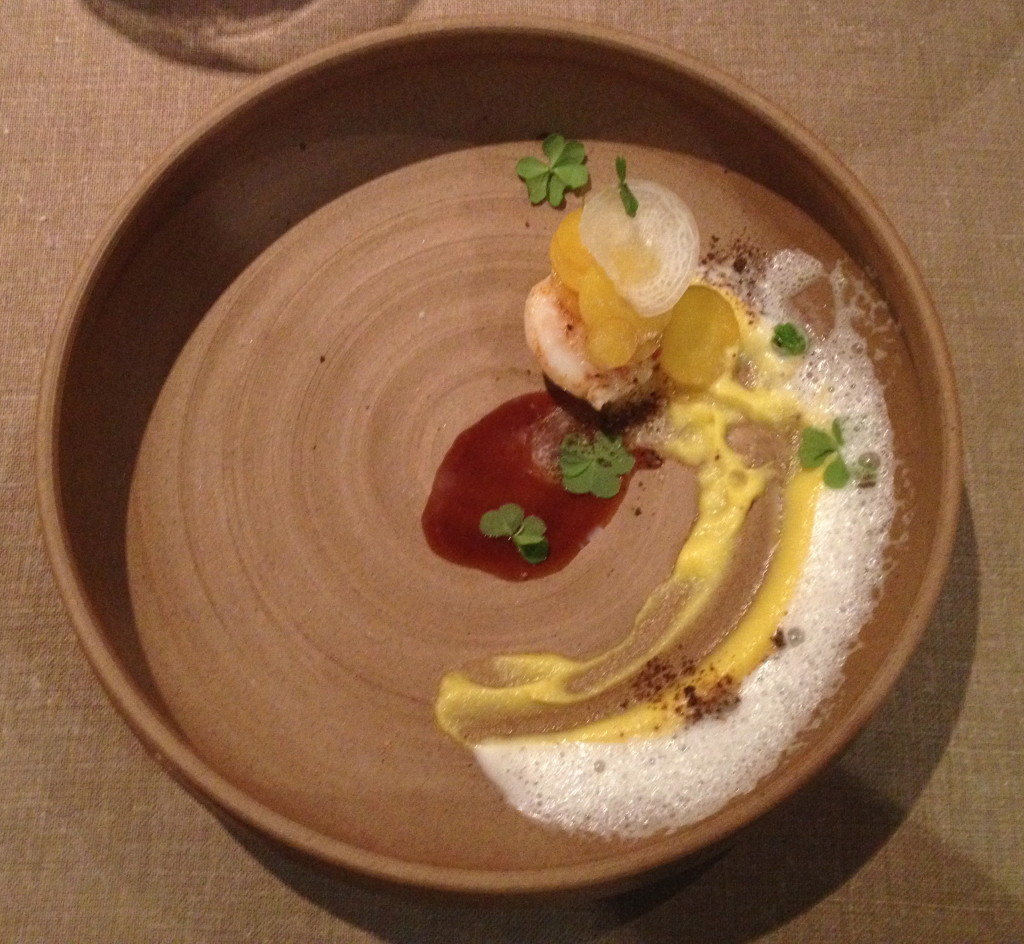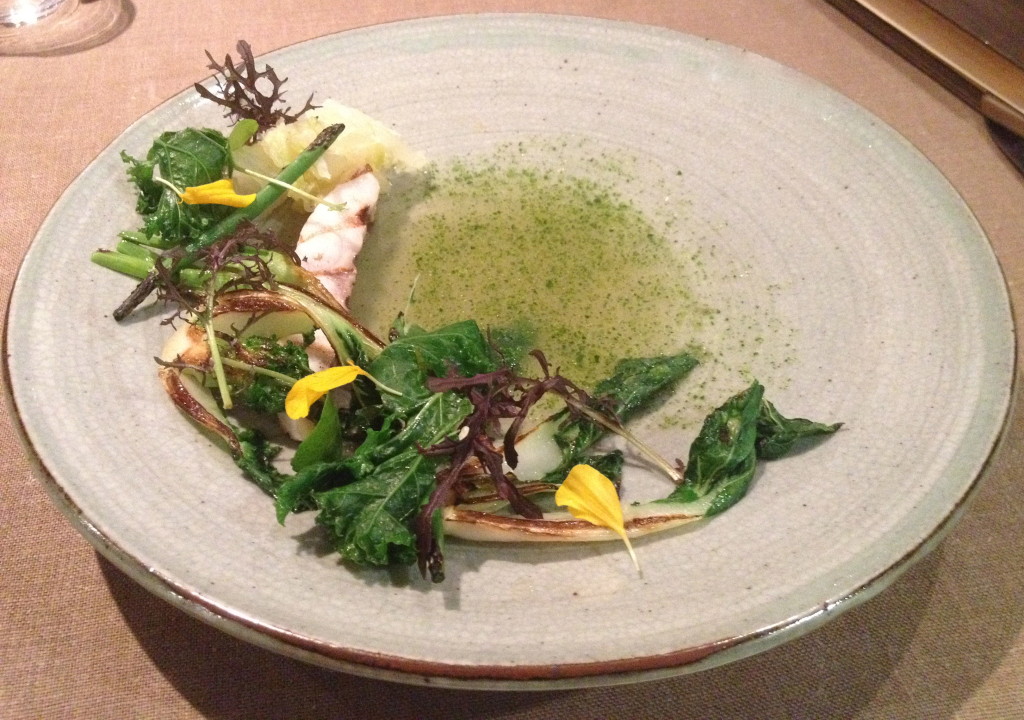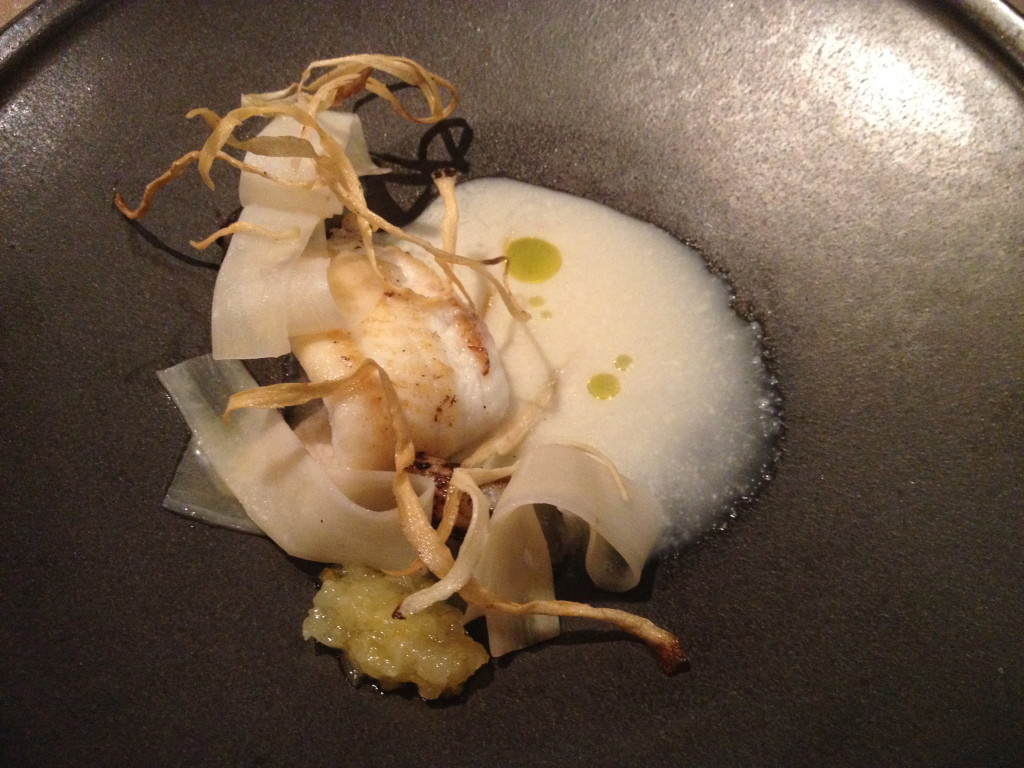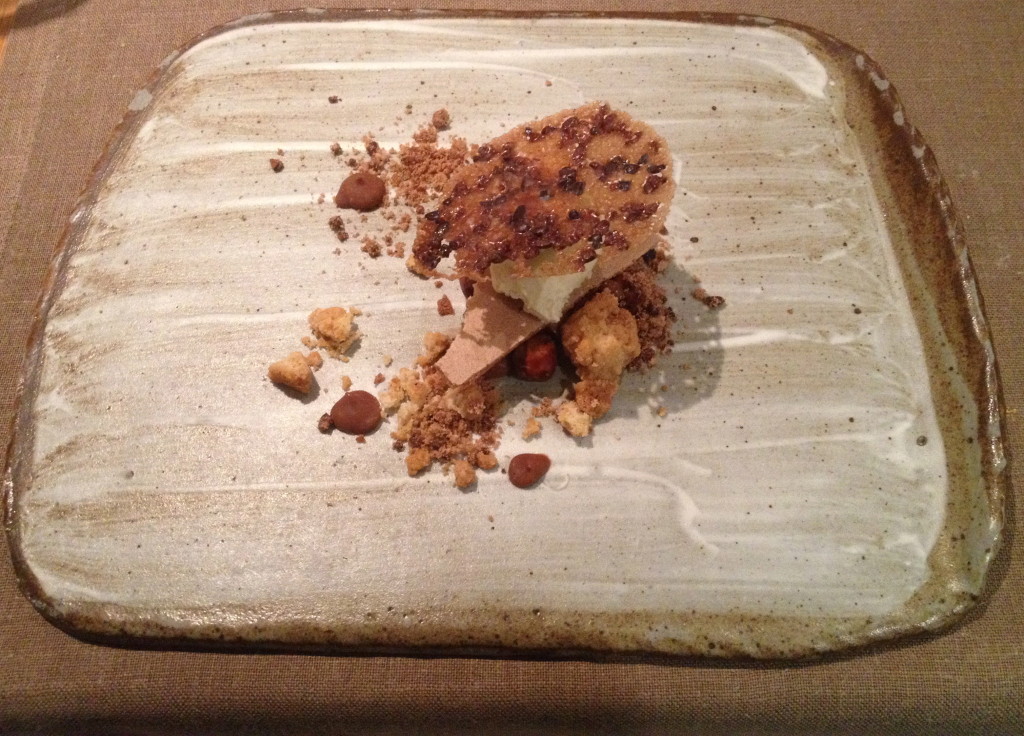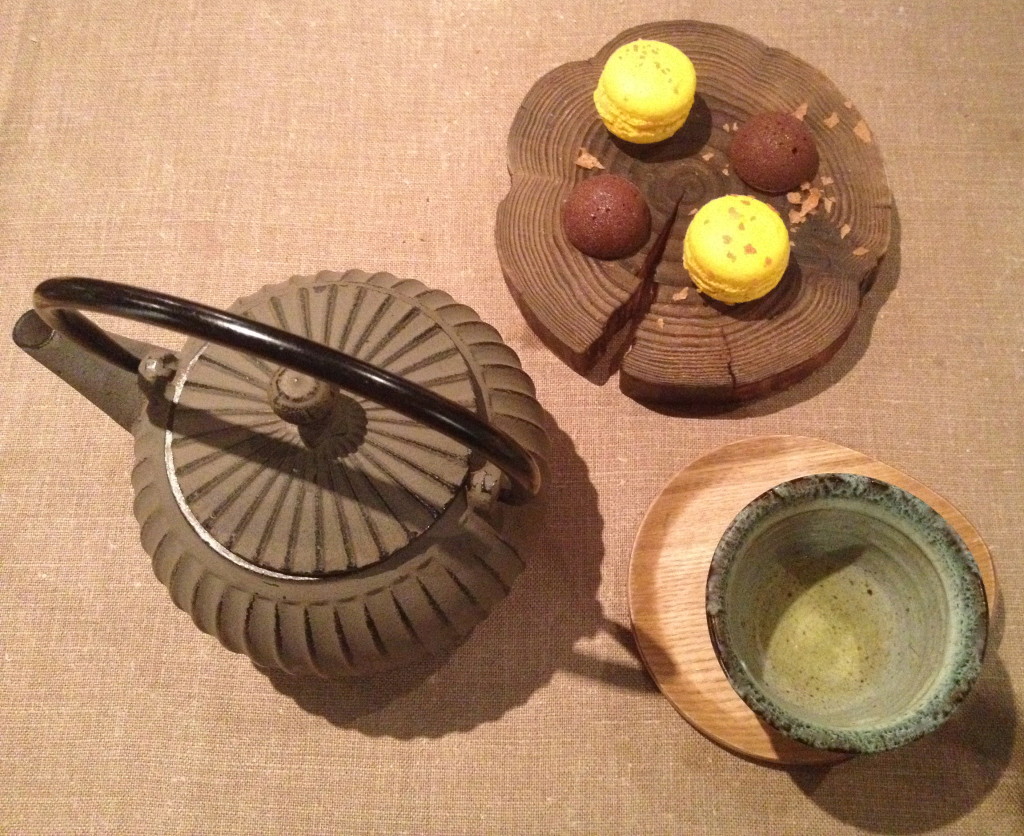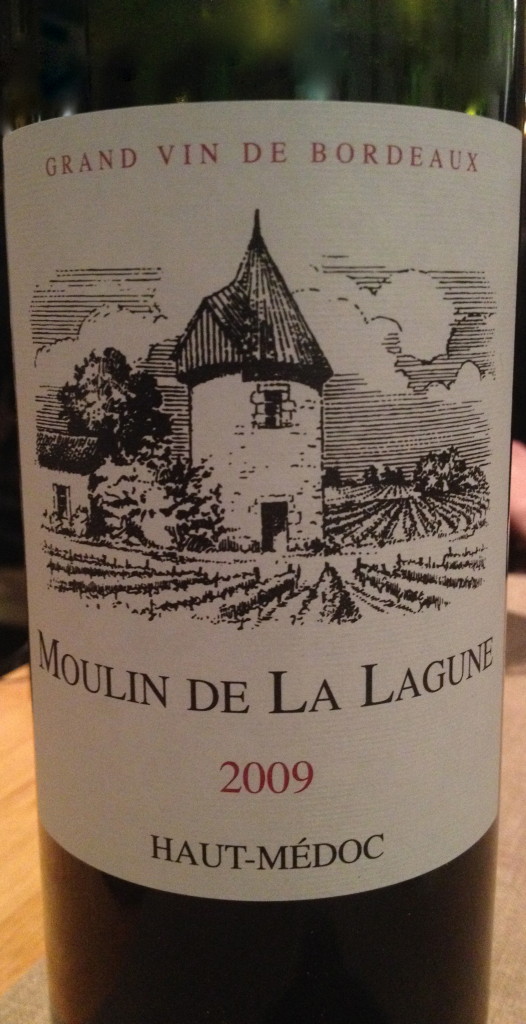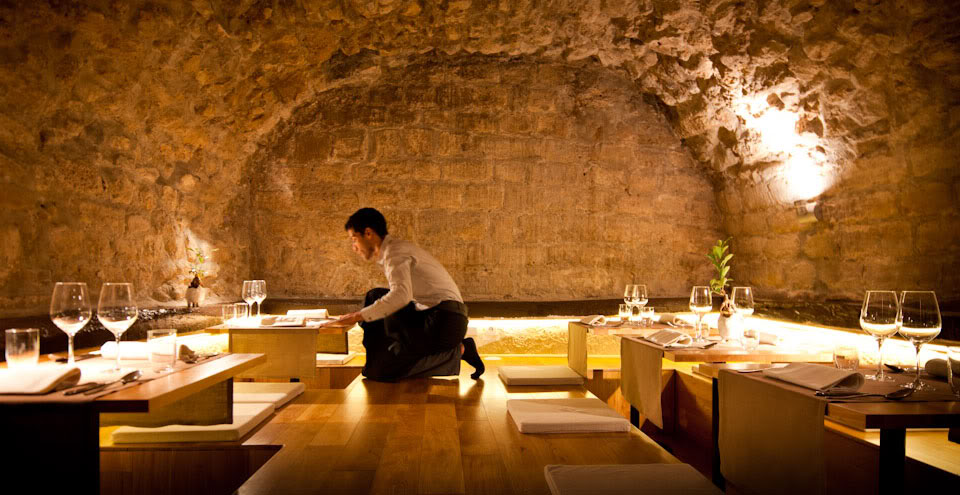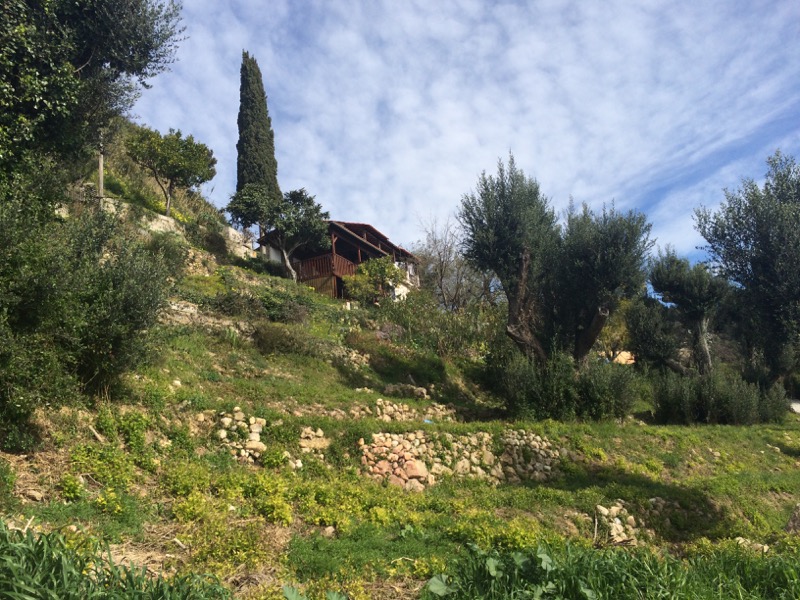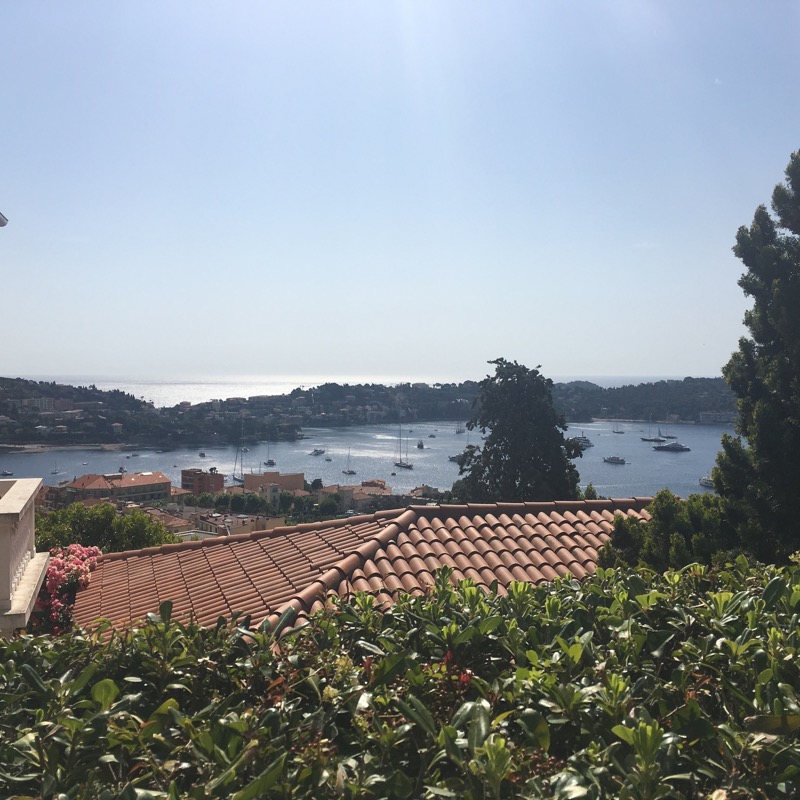Henri Milan: naturally better wine in Provence
Henri Milan is a character. Still experimenting after thirty-three years at the helm of his Domaine Milan, the flamboyant and outspoken vigneron has produced a wide range of distinct wines from the 17 hectares set along the ancient Via Aurelia in Provence. The Frenchman inherited the beautiful provencal stone house and vineyards from his late father. The soil is his wealth – blue marl, like in some Grand Crus of Chablis, clay, gravel and limestone, while yellow sandstone compliments the red varieties (same as my favourite red in the South of France Château Rayas).

Henri Milan makes superb wines. The nods from top sommeliers far beyond the French borders join my pampered palate in praise. I saw Le Vallon at a distinguished wine list in San Francisco, while his two reds made it into the three Michelin stared Chef’s Table at Brooklyn Fare in New York. Milan’s resistance to conventions of the French wine laws reflects pure respect for the grapes, the unique soil and the wine itself. The rebelliousness is imprinted in the changing labels and blends that may confuse customers, but the taste is what counts. First organic then he listened to the moon, the soil and nature’s rhythms converting into biodynamics. Now he subscribes to the natural wine movement, adding a minimum of stabilising sulphur only when necessary. As a seasoned taster I am wary of the “sans soufre ajouté” wines since faults often stick their awkwardly smelling antennae out and do not tend to last for decades in one’s cellar. Henri Milan makes some of his wines without added sulphites, and he is sensitive to each vintage, trust him.


Domaine Milan, naturally
Ironically, the first time I tasted his natural wines was at Les Grands Chais Monegasques, the oldest wine shop in Monaco. A few months later as we drove by Saint-Rémy-de-Provence during the summer, and also closed the year tasting at his ‘cabanon’ – in fancy terms a boutique winery.
The Merlot in Le Jardin by Henri Milan seduced us with the first sip, the enchanting green pepper nose, animal wilderness with a refreshing minty aftertaste like garden reveal their charms as you enter deeper through its herbal, violet, black currant perfume. A distinct white wine is also made under the same blue label – La Carée falls under the appellation of Les Beaux en Provence.


Vin de Table, St Rémy de Provence
I was also fond of the single vineyard white Rhone blend of Le Grand Blanc that he has organically made since 1989. The blend of Grenache Blanc, Chardonnay (in some years), Rolle, Roussanne, Muscat a Petits Grains and what works in each vintage was once awarded award of excellence by 800 independent Rhône tasters. The current, layered floral drawing on the label captures this flamboyant beauty that as a humble “vin de table” outsmarts even the greatest Hermitages.
The hipster winemaker of Provence makes better natural wine than anyone else in France. During our first visit to the winery his “Le Presk’ Orange” stroke my palate so much that I begged for three bottles. The almost orange Rolle (Vermentino) was macerated like some Pinot Grigios in Northern Italy for long enough (10 days) to release more golden dust into the otherwise pale yellow wine. A total of 292 bottles were produced in 2015 so I was a lucky vagrant that Henri Milan fit in. The simple label with a crossed O in the ORANGE title even acknowledges that P. Lardot sparked the idea to make the wine in this style. This was certainly one of the best of the quirky orange category that I have tasted in my geeky wine life. At home, paired with a cep parmesan risotto, this ‘unfancy’ bottle opened our festive night with freshness and depth.

For most, the lively, vibrant labels were designed by local artists that Henri Milan befriended.
The vigneron also makes these red wines:
Le Clos and C.L.O.S. (we tried the barrique aged, non-filtered 2007 blend of Grenache, Syrah and Cabernet Sauvignon offered also at the Brooklyn Fare), SX is a pure Grenache, while the Pinot Noir is still in its infancy with optimistic hopes sprayed from Henri Milan himself, “it’s not perfect, not yet”, he confessed. We liked the juicy fruit eloquent in tis youth, and with patience over two days the king of reds unleashed its complex spell on us back at home. Henri’s son was recently allowed to bottle his own Haru that with the calligraphy on the label one may confuse it with a sake, yet the pure Cabernet Sauvignon is of the French breed, not bad.

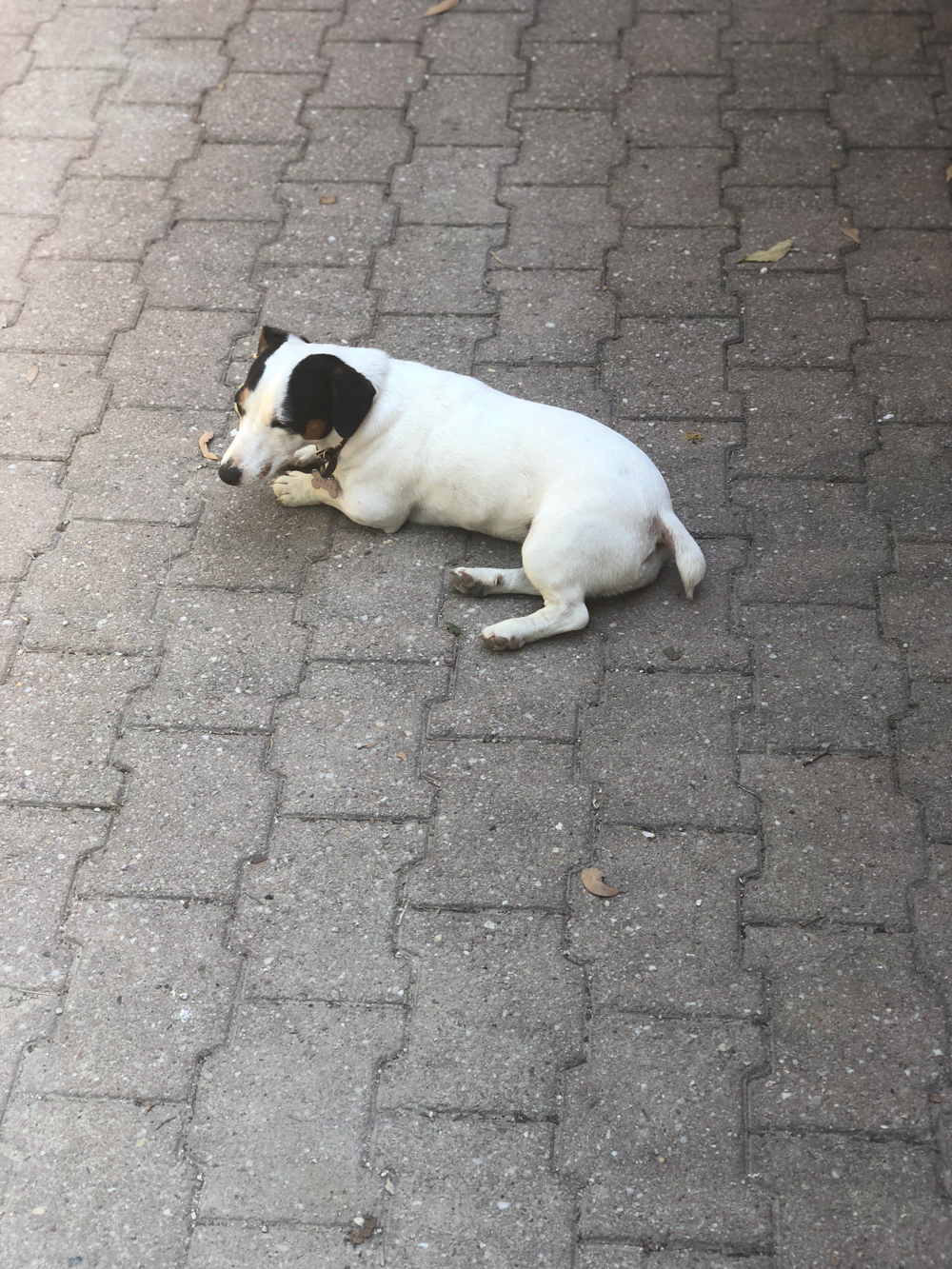
The winemaker’s dog cannot be a better reflection of his master. Focused, present yet owning the place.
Henri Milan also has a rosé sparkling wine without added sulphites. Not rose per se, rather a cherry-tinted white wine. The Zebra swallowtail butterfly on the label with its unique wing shape and with long tails personifies the experience from tasting this unusually delicious bubbly. A blend of Grenache Noir and Mourvèdre, the Brut Nature has a zero dosage. Made by the méthode traditionnelle from his grapes this is the only label in the Henri Milan stable that is outsourced to a facility where two fermentations and the upside down turning of the fizzing bottles prior to the disgorgement take place. Like for most small wineries in Provence bottling bubbles, the machinery is too expensive and requires additional space. As the last day of the year was ticking off, we jolly joined in not spitting out before our journey to Marseille for a three Michelin meal at Le Petit Nice.


We only introduce our closest friends to the best wineries we know. Our east-bound visitors were thrilled not least with the setting of the rustic winery branching out the ancient Via Aurelia where most of the vines are planted, but bought as much as they could carry. Special wines must be shared with those you care about and Henri Milan ranks in the best in Provence for us!





